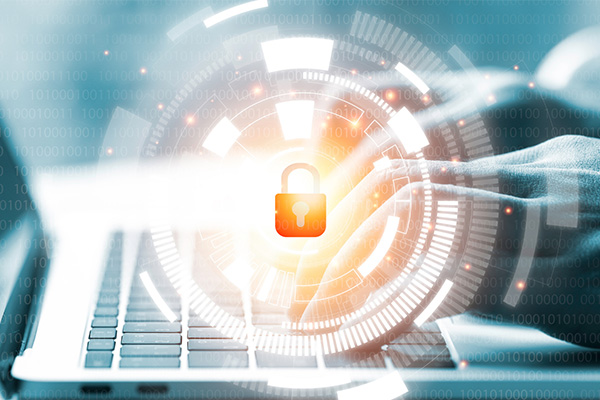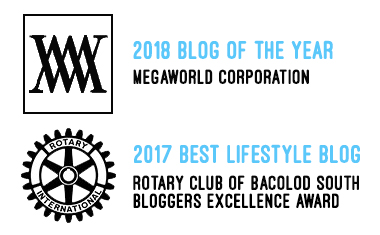PNP, GCash Sheds Light On Website Safety
Leading mobile wallet shares tips on how to distinguish legitimate from fake websites

Websites have become essential in daily economic activities. We visit government websites to pay permits and contributions, e-commerce websites for purchases and entertainment websites for subscriptions, to name a few. Unfortunately, they have also become a favorite target of scammers, fraudsters, and cyber-criminals.
To help users protect themselves online, the Philippine National Police Anti-Cybercrime Group (PNP-ACG) and the country’s leading mobile wallet GCash share vital information on how to distinguish legitimate websites from fake ones used by scammers.
“The most obvious is to check the URL of the website. A red flag is if the URL does not begin with “HTTPS”, where “S” at the end stands for secure. The “S” indicates that the site uses a secure sockets layer (SSL) certificate, which helps protect your information. Another way this is shown on the latest version of web browsers is with the lock icon in the web browser’s address bar. This is the visual way to indicate that the website begins with “HTTPS,” advises PNP-ACG spokesperson Michelle Sabino.
GCash chief technology and operating officer Pebbles Sy cites another fundamental way to protect users. “Keep your web browser up-to-date all the time. The latest versions of web browsers often include sophisticated filters that warn you if a website is potentially unsafe. Also, consider using browser extensions specifically designed to identify unsafe elements on websites. These extensions can provide an additional layer of protection by flagging any suspicious or potentially harmful content. They can help you make informed decisions about whether to proceed with certain websites or not,” adds Sy.
The PNP-ACG and GCash also advise exercising caution against links sent via email or text messages. Another way to tell fake sites from real ones is if the website is suspiciously different from the home page of reputable websites. Malicious websites often try to imitate legitimate websites but have inconsistencies or poor-quality design.
“The best way is to trust your instincts and be skeptical if something doesn’t feel right,” adds Sabino.
Reputable search engines can be used to see relevant discussions or warnings from other users against a website. This can provide valuable insights and help you make a more informed decision.
The PNP ACG has opened its hotlines at (02) 8414-1560 or 0998-598-8116 or via email at acg@pnp.gov.ph. The law enforcement agency encourages everyone to report incidents of scams, fraud, and cybercrime.
Users can also visit the official GCash Help Center at help.gcash.com or message Gigi on the website and type “I want to report a scam.” Customers can also reach out to the official GCash hotline at 2882 for inquiries and other concerns.
For more information, visit www.gcash.com.ph.












